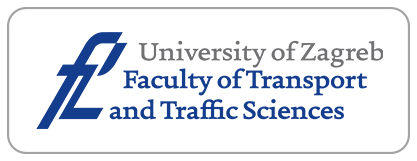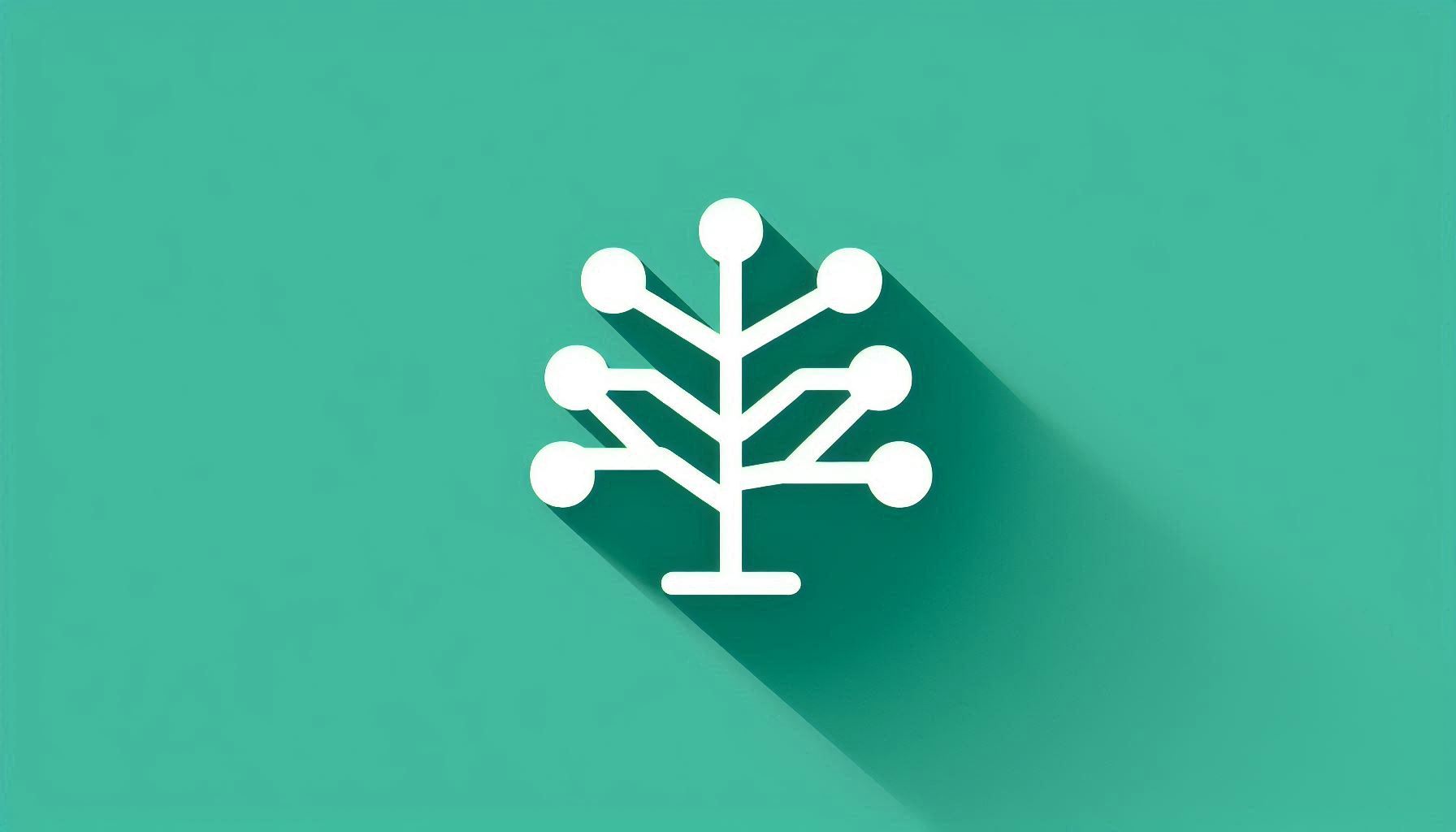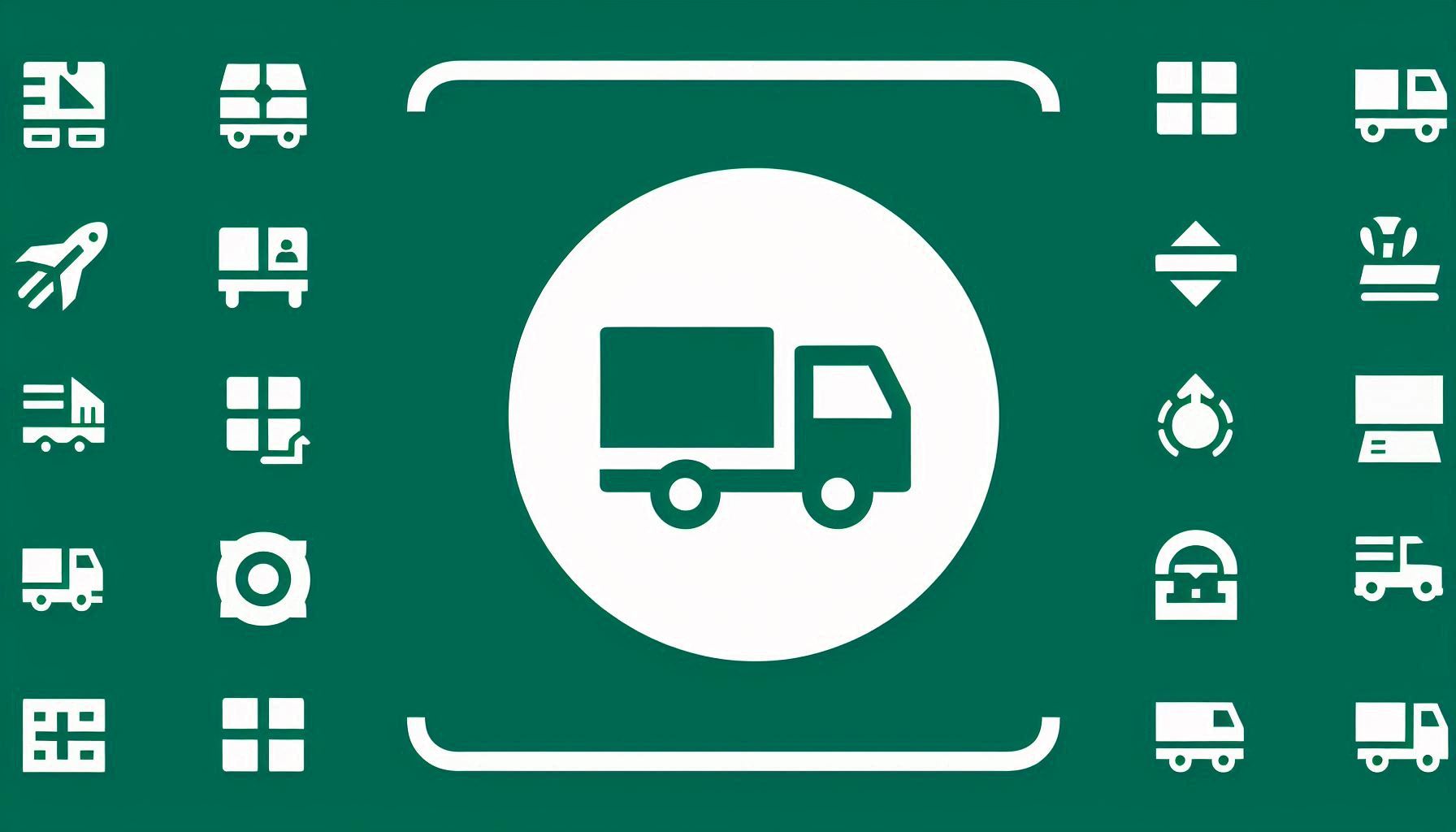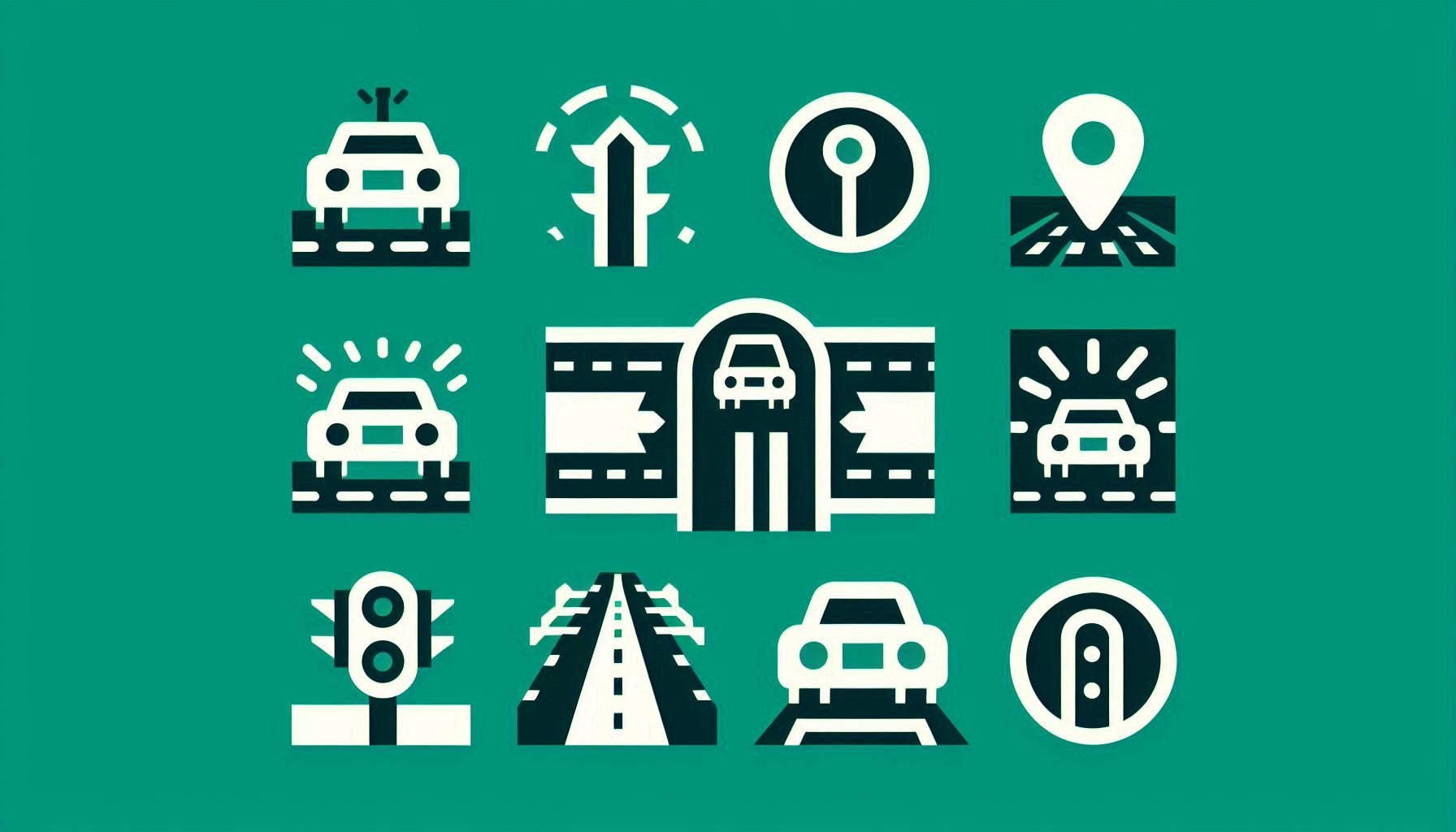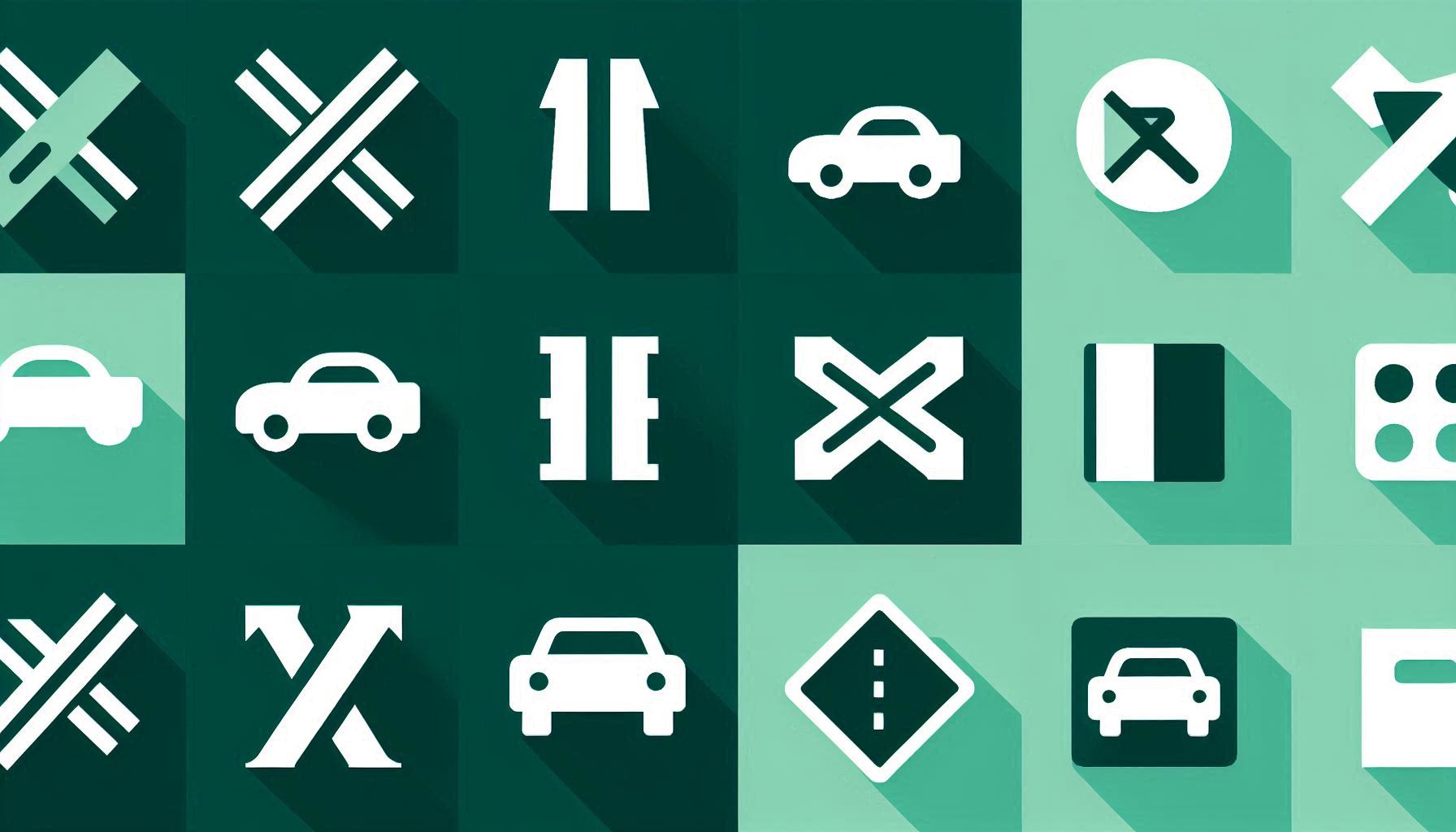2021: Logistics Challenges
Vol. 33 No. 6 (2021): Logistics Challenges
Dear readers, dear authors,
Without effective logistics, it is difficult for a company to remain competitive in the market, which on the one hand enables growth, but on the other brings a series of challenges. Among the most recent ones to hit businesses hard has been the Covid-19 pandemic. Many companies have realized how uncertain is the world and how vulnerable is their logistics. Coronavirus is undoubtedly not the last challenge. The coming decades will bring many more challenges but also opportunities for the logistics sector. Those organizations that adapt more quickly, respond to change and take advantage of opportunities will remain competitive.
One of the challenges for logistics in the coming decades is climate change. More and more climate change legislation is expected. At the same time, end customers are becoming increasingly environmentally aware and are already making purchases conditional on low or even zero emissions. Therefore, companies that are more likely to adopt sustainable practices will be better prepared for government action and consumer changes and will have the advantage. There is a wide palette of logistics practices that companies can adopt to become more sustainable. Five of these were also highlighted in this thematic issue. Larissa Lößer developed a procedure model which can be used to design a low-emission transportation chain reference model. Muhammad Qasim and Csiszár Csaba analyse the reluctance of logistics professionals to adopt electric trucks (ET) in the logistics system and identify the significant barriers hindering the spread of ETs in logistics. Michaela Novotná and Dalibor Gottwald's paper focuses on the postal services sector, which plays a vital role in delivering parcels to customers. The authors aim to demonstrate the current development and subsequent prediction of two indicators, the number of shipments and CO2 emissions. The authors claim that the growing number of shipments will result in the need to change the organization of the parcel delivery process, especially in big cities and agglomerations. Danijela Tuljak-Suban and Valter Suban aim to match the amount of sludge unloaded by the ships to the capacity of the port to have low-waste and environmentally friendly logistics. Florian Heinitz, Kilian J. Saenger and Timo Simon investigated the conditions under which combined transports could be implemented in Germany. Both demand and supply sides were considered.
The disruptions caused by the Covid-19 pandemic highlighted that most supply chains are very static and not agile. Leveraging new technologies, robotics, IoT and big data allows for internal and external flexibility, quick adaptation and response to change. Haisheng Liu, Huimin Ge, Rui Wang, Shuai Zhu and Linbei Shao combined a Petri net and blockchain to construct an emergency logistics model of agricultural products. The model provides a certain degree of reference for the actual process and a case for applying blockchain and other technologies in agricultural products logistics.
Whatever the technological maturity of a company, the success of its future supply chain will still depend on employees. Therefore, educational institutions must promote student-centred teaching that enhances students' creativity, innovation and other skills required by the labour market. Thus, the authors Dario Ogrizovic, Ana Perić Hadžić and Mladen Jardas explored the importance of fully immersive virtual reality, logistics modelling and simulation education for students. The labour market must also provide its employees with an ergonomic and safe working environment and equal opportunities. Two authors also highlighted this aspect in this thematic issue. Sezen Korkulu and Krisztián Bóna integrated rest time formulations for heat strain and metabolic cost in developing a new lot-sizing model to prevent heat exposure and work-related musculoskeletal disorders. Bálint Csendes, Gábor Albert, Norina Szander and András Munkácsy highlighted the problem related to the lack of sufficient capacity at rest areas to accommodate the needs of truck drivers and presented a robust data processing approach to designate rest area stops and to calculate the pertaining driving and rest times.
Science often offers complex mathematical models for optimising supply chain activities which are difficult for practical users, who are not modelling experts, to implement. To remedy that, three papers cover this gap and offer user-friendly, yet reliable solutions: (1) choosing a proper transport mode (Roman Hruška, Matej Kmetík and Jan Chocholáč); (2) optimising transportation activity in manufacturing companies with a low amount of distribution and where logistic and supply chains management is not a core activity (Bogdan Markovic, Milan Markovic); and (3) evaluating a free trade port zone (Wen-Kai K. Hsu, Show-Hui S. Huang and Nguyen Tan Huynh).
The above papers contribute to both theory and practice and cover gaps in science and those that have been revealed during the Covid-19 pandemic.
The papers were selected from 18 submissions and were reviewed by 24 international reviewers (two reviewers on average). One paper was accepted after one revision, six underwent two revisions, four required three and one four revisions.
In conclusion, we would like to express our gratitude to the authors, the reviewers, and the Editor-in-Chief of Promet – Traffic&Transportation, Prof. Doris Novak, for giving us the opportunity to compile this reflection on current research in logistics challenges.
Yours sincerely, editors of the thematic issue,
Asst.Prof. Ivona Bajor, Ph.D.
University of Zagreb
Faculty of Transport and Traffic Sciences
Zagreb, Croatia
Asst.Prof. Patricija Bajec, Ph.D.
University of Ljubljana
Faculty of Maritime Studies and Transport
Portorož, Slovenia





